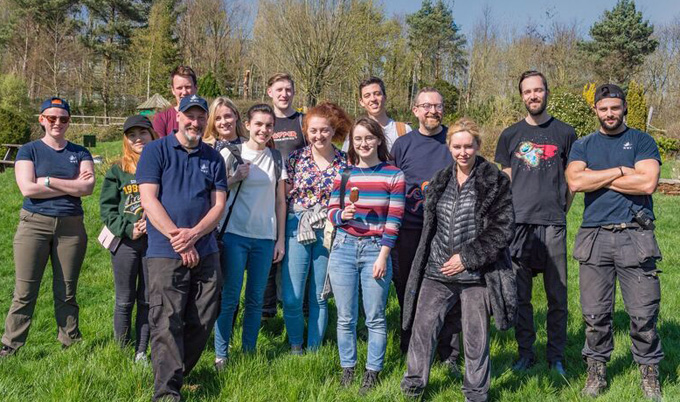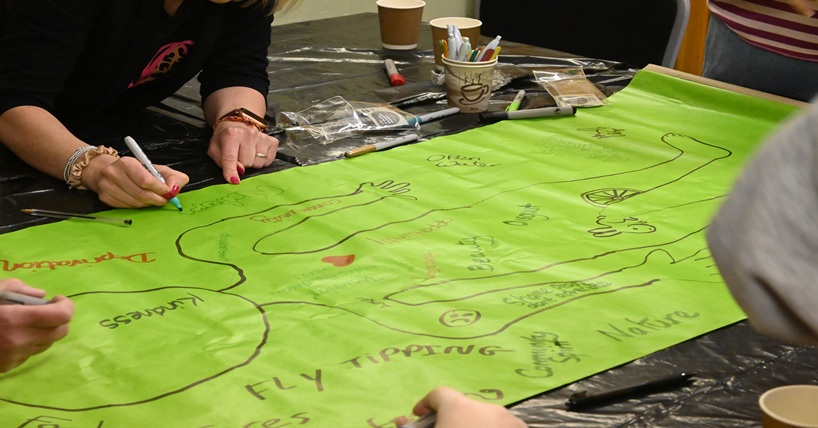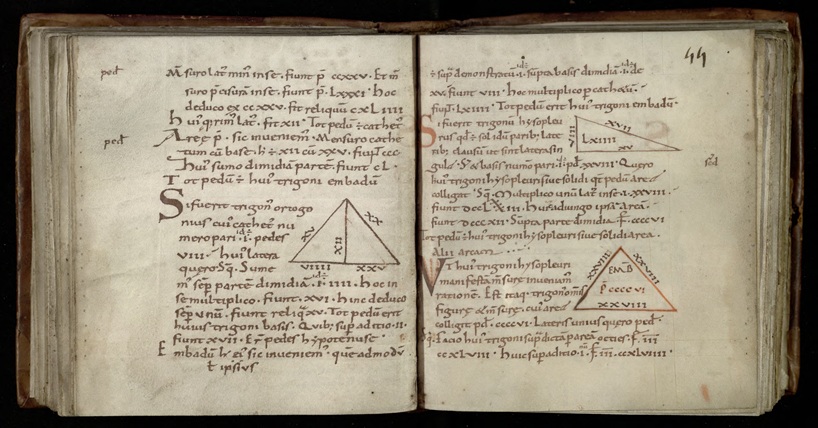Creature walk
Future architects create homes for wildlife
Published on: 11 May 2018
Students from Newcastle University have worked alongside staff at a North East nature reserve to create exciting new habitats for the wildlife which can be found there.
Experimental nature trail
In collaboration with WWT Washington Wetland Centre, the third year Architecture degree students have collectively produced an experimental nature trail as an invitation for wild creatures to explore these potential homes during the nesting season.
As part of their studies, the group are looking at the significant challenge of how we make our living spaces in the 21st century. Applying these ideas to the natural world inspired their innovative designs.
Each undergraduate chose a particular creature at WWT Washington to study, including bats plus various bird species such as tree sparrow, wren and owl and responded to their basic needs and lifestyles by designing a habitat for them. Some of these explorations are lyrical, imagining new ways of living for these creatures. Others are symbiotic, helping them build a new home. All of them are experimental, configuring new materials, technologies, spaces and opportunities that may help us live more sustainably.

Beautiful design focus
Gill Pipes, Centre Manager at WWT Washington, said: “It’s been a pleasure to work alongside the students. We began the project by inviting them to site where our conservation team spoke with them about the species we get here, their environmental importance and the types of features they looked for in nesting space.
“Each animal has different adaptations and behaviours which make their needs quite diverse and it’s been fantastic to see the designs which have come about. The nest boxes we use as standard here are quite functional, focussing on things like the size of the access - to allow the species to enter but exclude predators - the material it’s made from and where we place it on site. To see nesting space with such beautiful design focus has been a bit of an eye opener for us.”
Rachel Armstrong, Professor of Experimental Architecture in Newcastle University's School of Architecture, Planning and Landscape, said: “Designing for wildlife is a fantastic challenge for our students who are able to see the impacts of design on nature and the environment. We have been inspired by the expertise and enthusiasm of the Wetlands’ staff, and look forward very much to developing this collaboration.”
The nest boxes will stay on site throughout the summer breeding season and WWT staff will be reporting back to the students as to which designs have been favoured by the wildlife.
Press release adapted with thanks from the WWT



